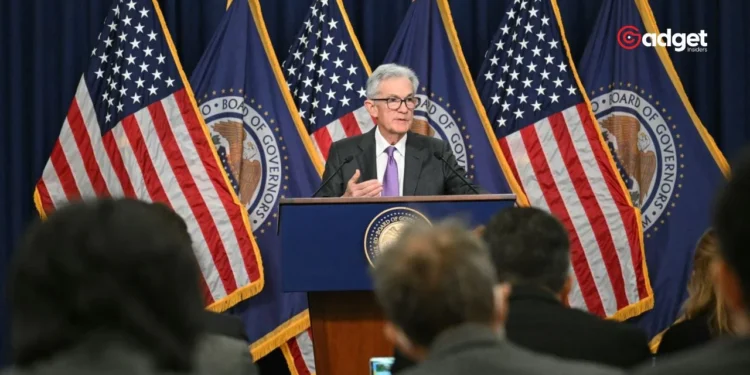In the world of finance, the direction of Federal Reserve’s interest-rate policy is perpetually in flux, influenced by the ever-changing dynamics of the economy. This year has been particularly volatile, with predictions oscillating as new data emerges, shedding light on the economic health of the nation.
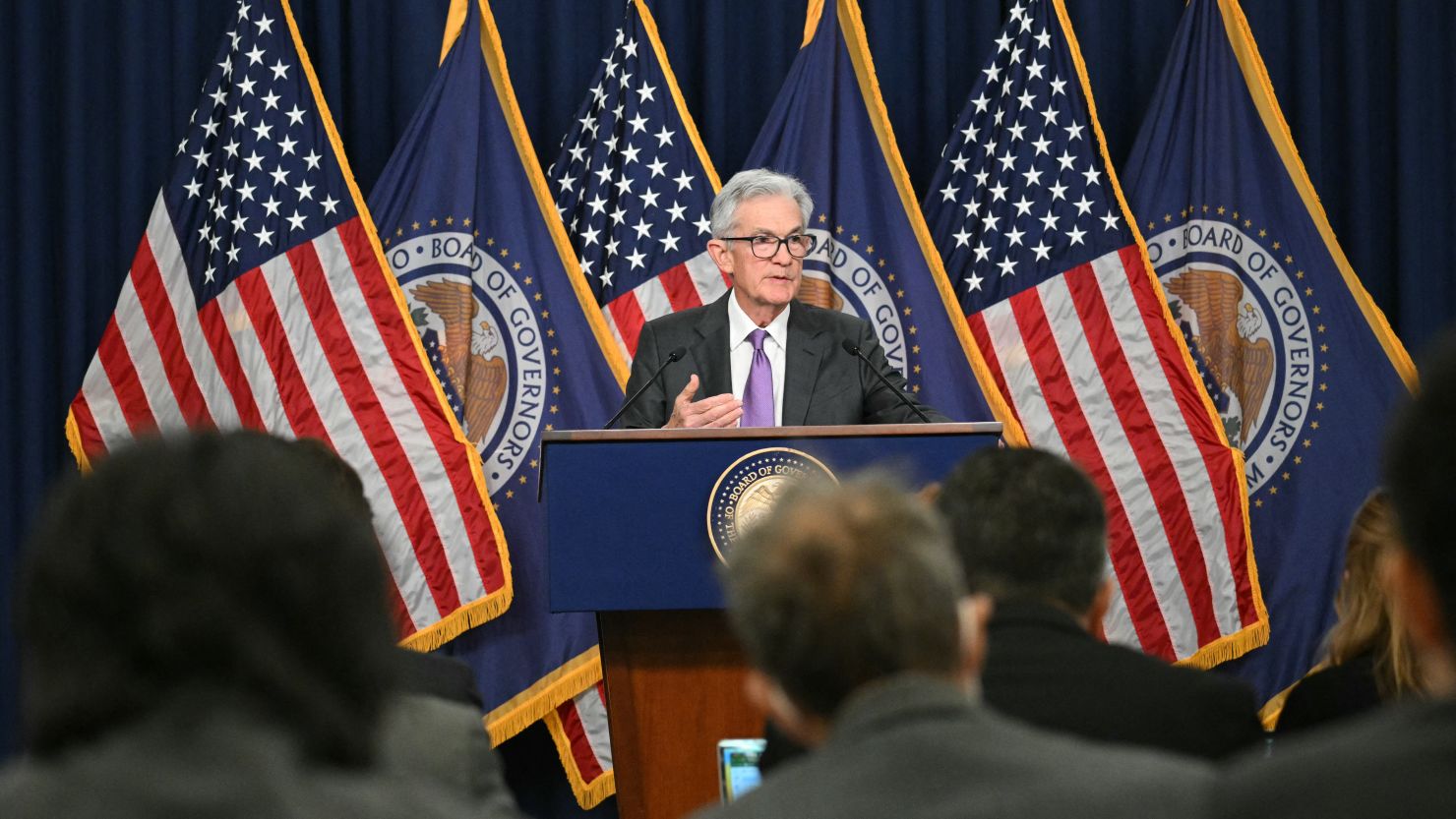
The Federal Reserve’s Recent Standpoint and Upcoming Decisions
Recently, a significant uptick in May’s nonfarm payrolls, which soared to 272,000, far exceeding expectations, has introduced a new level of caution into the forecasts regarding Federal Reserve interest-rate cuts. This robust job growth is a strong indicator of a thriving labor market, which could potentially lead the Fed to reconsider the urgency of rate cuts.
Currently, interest-rate futures, as indicated by the CME’s FedWatch Tool, suggest that the Fed might delay any rate reductions until later in the year, possibly not before September or November. The Fed is set to convene on June 11-12, with another meeting scheduled for July, where these decisions will be further deliberated.
During a press conference following a Federal Open Market Committee meeting in September last year, Jerome Powell, Chairman of the Federal Reserve Board, emphasized the stability of interest rates amidst slowing inflation and strong consumer spending, maintaining the benchmark borrowing rate at a range of 5.25% to 5.5%.
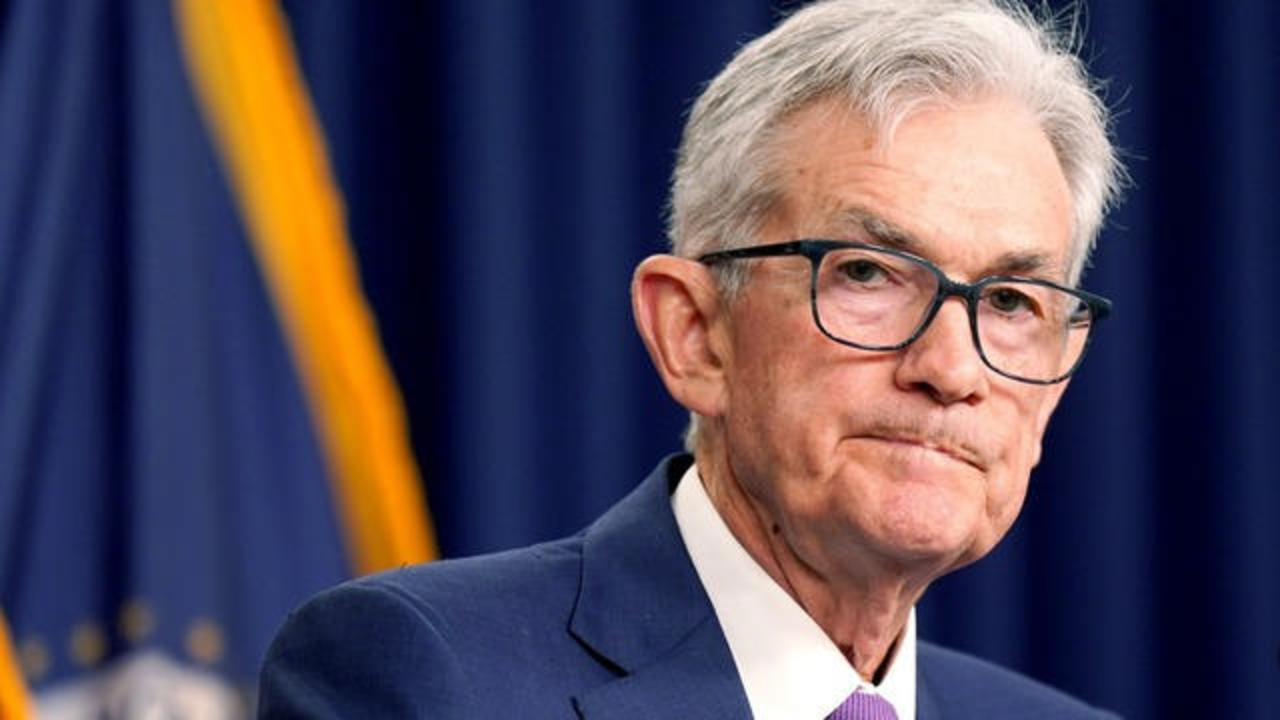
Economic Indicators and Fed’s Rate Strategy
The initial months of the year saw a scaling back of growth forecasts, driven by a modest 1.3% annualized gain in GDP for the first quarter and a downward revision of consumer spending growth. Kelsey Berro, a fixed-income portfolio manager at JP Morgan Asset Management, highlighted the Fed’s delicate balancing act, stating, “The next move that the Fed is going to make is ultimately going to be one that protects the strength of the labor market, rather than one in which they need to fight inflation.”
Furthermore, market projections have varied significantly, with expectations ranging from one to as many as seven rate cuts in 2024. However, the current consensus seems to lean towards only one or two adjustments.
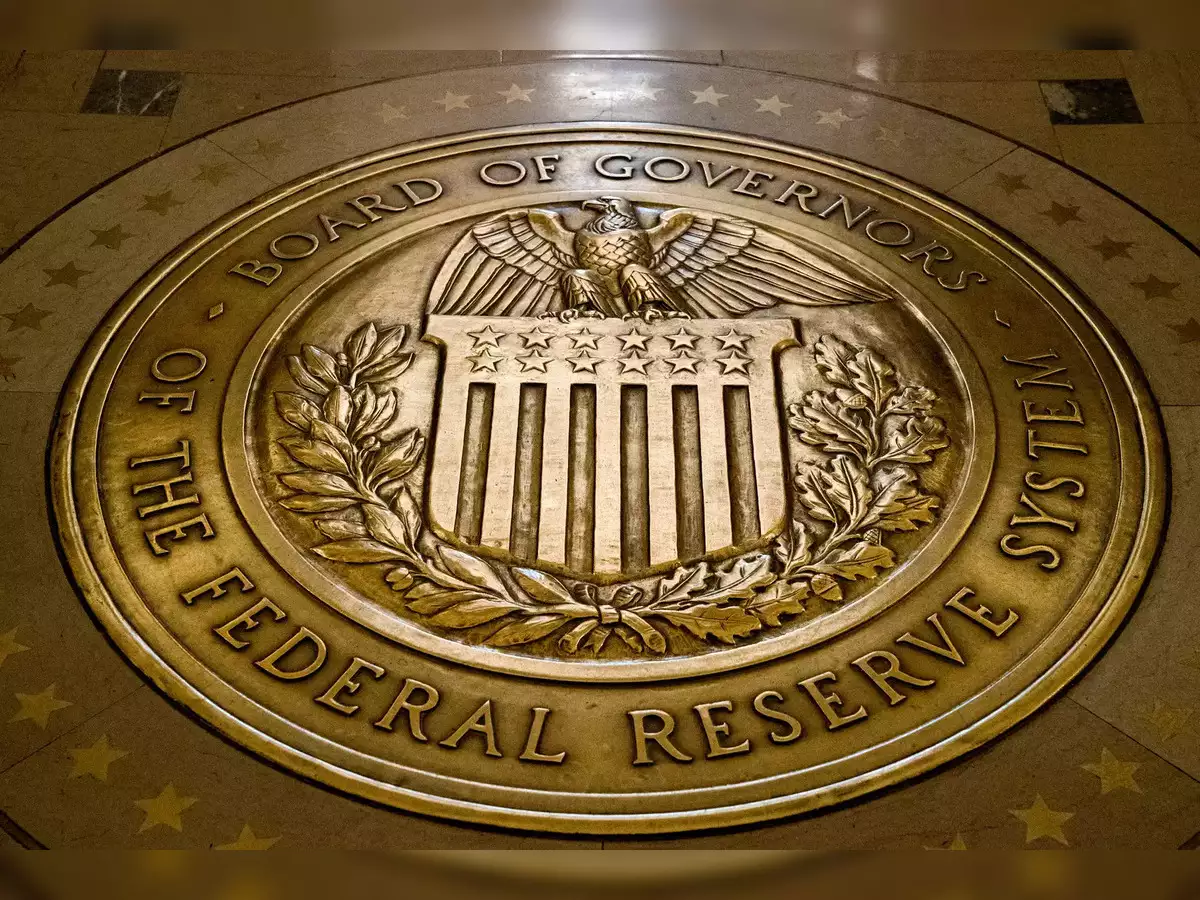
Perspectives from Economists and Financial Analysts
Despite these optimistic indicators, a rate cut is far from guaranteed. The Fed’s favored inflation gauge, the personal consumption expenditures price index, reported a 2.7% year-on-year inflation in April, surpassing the central bank’s 2% target. High-profile economists like Torsten Slok of Apollo Global Management and Larry Summers, former Treasury Secretary, predict no rate reductions this year, with Summers assigning a 15% to 25% probability of a rate hike instead.
Goldman Sachs economists, however, forecast a different scenario, expecting two rate cuts this year—one in September and another in the fourth quarter. They’ve also adjusted their GDP growth forecast for the second quarter down to 2.1% from an earlier prediction of 2.7%, citing a significant widening of the trade deficit and minor gains in inventories as influential factors.
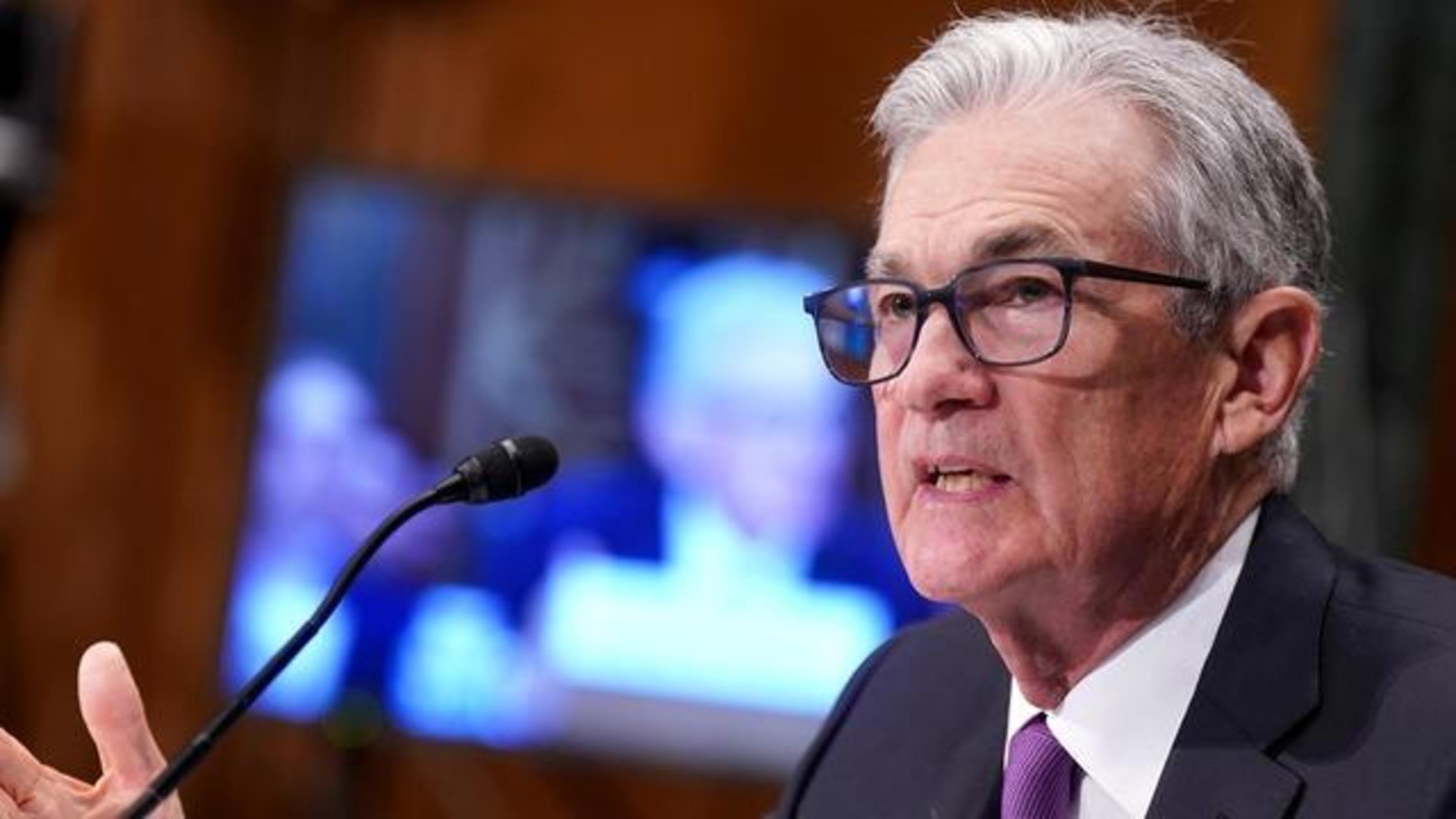
Looking Ahead: The Federal Reserve’s Dot Plot and Economic Forecasts
As the Fed convenes this week, all eyes will be on the updated “dot plot,” a diagram that maps out each Fed official’s rate forecast for the remainder of the year. The latest projections could shift from the previous three predicted cuts to two, according to Goldman Sachs analysts.
The upcoming core Consumer Price Index (CPI) report, excluding food and energy, is another critical data point that could influence these forecasts. A predicted slight increase in May’s core CPI might sway the Fed’s decision-making process regarding interest rates.
As the Federal Reserve navigates these complex economic waters, the implications of its decisions extend beyond policy meetings, influencing everything from consumer spending and business investment to the broader global economic landscape.

